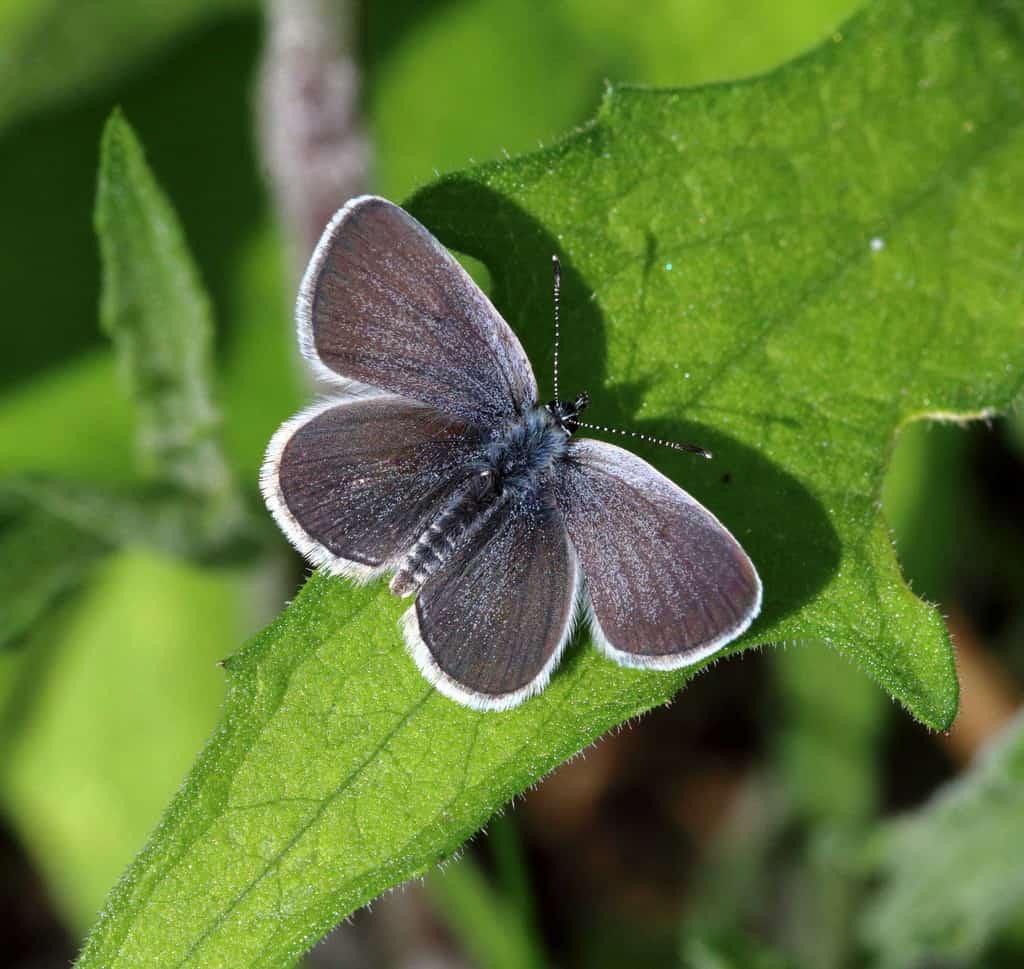Wildlife lovers are being asked to help Scotland’s smallest butterfly, which has found itself in big trouble.
The Small Blue is rare and declining in Scotland and urgent conservation work is needed to protect its remaining colonies and create the right conditions to allow the butterfly to spread back into its former territory.
Butterfly Conservation (BC) Scotland estimate the total area occupied by the Small Blue is less than 10 football pitches and at almost all sites, the tiny butterfly is only just hanging on – sometimes in colonies of thirty adults or fewer.
Several of the Small Blue’s former strongholds have seen numbers decline or completely disappear and there is concern that a 2013 re-introduction project in Ayrshire has not yet produced a viable colony, with no butterflies seen in 2017.
This year the second ‘Small Blue Butterfly Week’, organised by BC Scotland in conjunction with the Tayside Biodiversity Partnership, will run from 1 to 10 June to highlight the plight of the butterfly and the work carried out to save it.
For the last two years pupils from Woodlands Primary School in Carnoustie have been learning about the butterfly in the classroom and in the countryside, where they have been helping to plant Kidney Vetch, the only foodplant of the butterfly’s caterpillar.
Action to help the butterfly is also taking place in Caithness, Aberdeenshire, the Cairngorms, Moray, Ayrshire and the Borders.
During Small Blue Week, volunteers are being asked to visit known Small Blue sites to help look for the butterfly and its food plant. Surveys will also take place to identify any potential new breeding sites for the butterfly.
Director of BC Scotland, Paul Kirkland, said: “We are really thrilled at the enthusiasm for Small Blue Week and the work carried out will help us to work with landowners to plan future habitat management to help the butterfly.
“As with many scarce butterflies, their habitats are now surrounded by inhospitable countryside or built-up urban areas, so it’s vital we keep the remaining sites in as good condition as possible.”
The Small Blue is much darker in appearance than Scotland’s most widespread blue butterfly, the Common Blue. The upper wings of the Small Blue are almost black with a very light dusting of blue scales and the butterfly can be seen flying from mid-May to late June.
Small Blue colonies in Scotland are now mostly found on sand dunes and other coastal grasslands, with only two or three inland sites remaining.
For more information on how to help the Small Blue butterfly, email Scotland@butterflyconservation.org or visit www.butterfly-conservation.org/scotland





